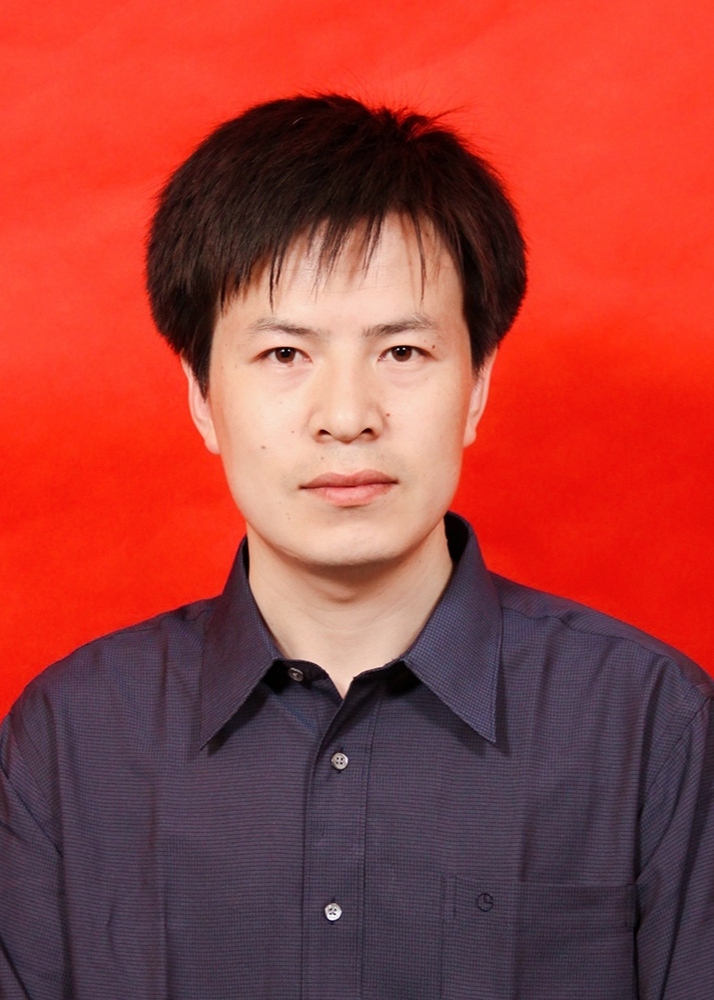|
Copyright@Beijing University of Chemical Technology Address: 15 Beisanhuan East Road, Chaoyang District, Beijing, China Zip code:100029 Email:news@buct.edu.cn |
IntroductionXingyuan Wang, Associate Professor, received his Ph.D. in physics from Tsinghua University. Before working at Beijing University of Chemical Technology, he was a postdoctoral fellow at Peking University. His current research interests include micro- and nano-scale optics, topological photonics, non-Hermitian physics, and optical neural networks. EducationWork ExperienceSocial PositionSocial ActivitiesResearch1. Micro-nano optics and laser devices
Since its advent in 1960, lasers have been widely used in communications, sensing, mapping, medical treatment, atomic and molecular physics, etc. with their advantages of monochromaticity, directionality, high brightness and good coherence, and have opened the door to optical computer information transmission, storage and processing. We mainly carry out research on the regulation of optical properties at the micro-nano scale and the design of new micro-nano laser devices, such as: based on non-Hermitian singularity (Exceptional Point), Parity-Time symmetry and plasmon theory, we study the regulation mechanism of micro-nano laser properties and single photon properties, and conduct theoretical design and experimental research on new micro-nano optical devices.
2. Optical neural network
At present, artificial intelligence is developing rapidly and widely used, and artificial intelligence has brought great changes in various fields. As a model of natural intelligent system, human brain neural network is the most efficient information processing system in nature. Neural network morphological computing inspired by the human brain is an efficient new computing paradigm to overcome the von Neumann bottleneck in the post-Moore era. However, traditional human-brain-like algorithms still process information on a computer platform based on discrete digital signals, which is fundamentally different from the way the human brain processes information using biological signals. Optical neural network chips can directly process information using photons as information carriers, and optical signals can complete calculations through the transmission of physical optical networks. We are committed to designing and developing new optical neural networks, using micro-nano optical principles to provide new solutions for optical neural network computing, achieving high-speed, low-power and high-parallel optical computing, and promoting the development and innovation of human-brain-like storage and computing integrated photonic neural networks. Teaching《University Physics (I)》 《University Physics (II)》 《University Physics Exercises (II)》 《Application Software Practice》 PostgraduatesFunding1. Research on controllable regulation of microscale vortex optical lasers based on phase change materials and asymmetric coupling, National Natural Science Foundation of China, Project time: 2022-01-01 to 2025-12-31 2. Theoretical research on heavy quark physics, Provincial Science and Technology Project, Project time: 2021-01-01 to 2023-12-31 3. Development and experimental verification of quantum well chip structure optimization algorithm, Enterprise and institution commissioned science and technology project, Project time: 2023-06-12 to 2025-05-12 4. Surface emitting terahertz quantum cascade laser waveguide design, Enterprise and institution commissioned science and technology project, Project time: 2021-07-15 to 2021-10-15 5. Microstructure antenna characteristic simulation and process plan, Enterprise and institution commissioned science and technology project, Project time: 2021-05-28 to 2021-11-28 6. Research on HVPE epitaxial growth of AlN on AlN single crystal substrate, provincial, municipal and autonomous region science and technology projects, project time: 2020-07-01 to 2021-11-30 Vertical ProjectHorizontal ProjectPublicationsAwardsPatentHonor RewardAdmissions Information |

